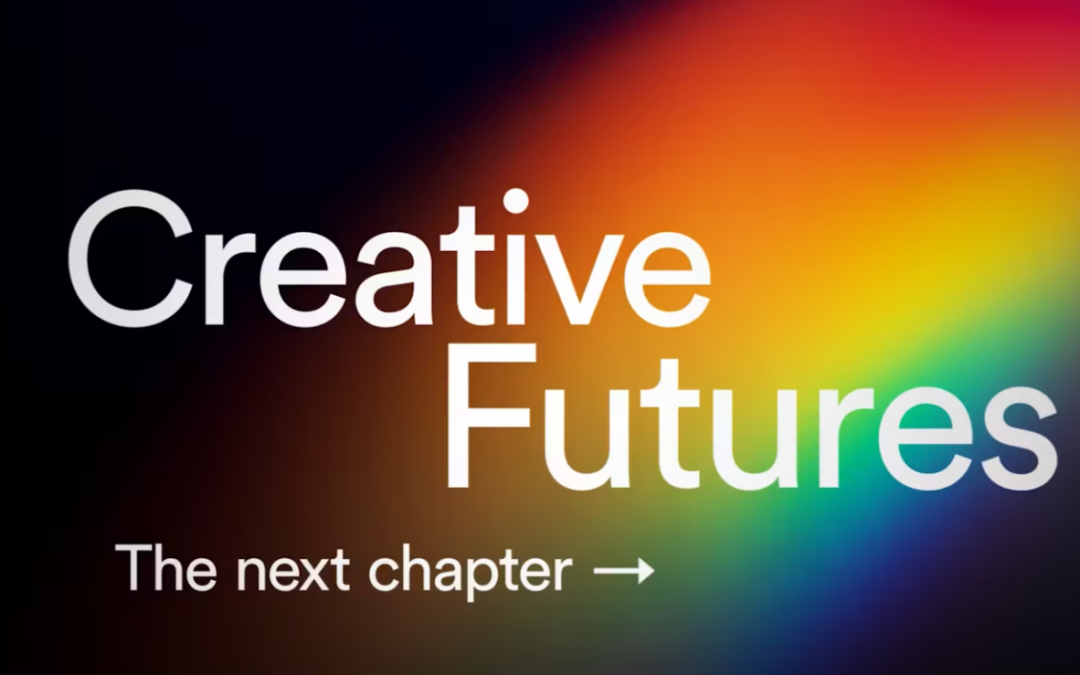Access to such a vast amount of information allows us to learn about anything – from cooking, to art, to sports, the world is filled with enriching content.
However, the extent of content can be overwhelming. Sometimes we come across information that sparks emotions – both good and bad. As normal as these types of reactions are, we’re now in an age where psychologists have discussed the idea of “media desensitisation.”
When exposed to the same type of media – such as all the gloom and doom reported in the news – we become accustomed to themes of negativity and ultimately, we can become numb to this type of information.
Audiences can become desensitised to many things, from social issues such as homelessness, to environmental concerns and all types of charitable causes.
Charity content and the media
Charity content can get lost amongst the negativity in the media, and not be noticed as much as it deserves to be. Some charities might use thought-provoking case studies, but if our thoughts are numb to disheartening information, which we have likely heard before, then the media won’t be consumed entirely.
“Feelings are fleeting, their sources are often unknown, and they are not well represented in memory, which makes it difficult for people to recognize the contextual influences that change their own emotional reactions over time or across exposures.” (Nisbett & Wilson, 1977; Robinson & Clore, 2002; Schwarz, Kahneman, & Xu, 2009; Wilson, 2009)
So, when it comes to charity campaigns, how can you overcome the problem of audience desensitisation?
5 ways to overcome desensitisation in the charity sector
1. Make your media emotive
As media planners, it is our job to make sure we’re guiding your media to be as emotive and informative as possible.
There is so much more to media than just reading a piece of print. We take in the content we consume by identifying with it, enjoying it, and allowing it to take us on a journey.
2. Create targeted campaigns
By leveraging your data, you can create highly targeted campaigns that speak directly to the right audience reducing the risk of desensitisation.
A segmented audience means you can make sure that you provide relevant content that engages with your supporters no matter where they are in the donation journey.
3. Make it personal
84% of people say that being treated like an individual rather than a statistic has a huge impact on which companies they choose to support – which is why personalisation is such an important part of your charity campaign.
From addressing your supporters by name to tailoring the content they receive, getting to know your audience means you can tailor your campaigns, keep your supporters happy, and ensure they don’t just feel like another statistic.
4. Use a multichannel approach
One of the most powerful ways to overcomes audience desensitisation is by utilising a multi-channel approach.
By combining print and digital marketing methods to create a multichannel campaign, you can allow both methods to complement and enhance each other, driving impact and maximising conversions.
5. Track your results to inform decisions
Finally, by tracking the success of your campaigns you can inform your future decisions.
Identifying which campaigns worked best and what resonated with your audience allows you to use the insights you gather to plan your future campaigns, ensuring that your media engages with your audience every time.
Overcoming audience desensitisation with Join the Dots
When planning campaigns for charities, we establish the severity of any issues we are addressing; having them stand out in a way that they don’t get dismissed is where the challenge lies.
As a specialist media and direct mail advertising agency, we approach desensitisation carefully, working with our clients on a case-by-case basis on how to best convey their messages to their audiences.
If you’d like to find out more about our work, you can read through some of our case studies here. Alternatively, for more information on our services and any queries you might have, contact us today!











